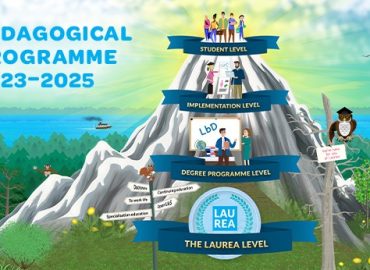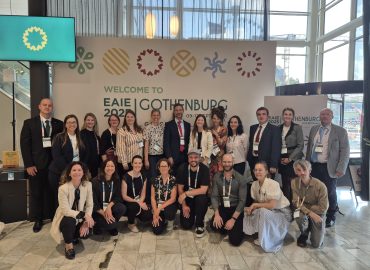I started thinking about the concept of a project bubble because it had been on my mind for a long time. I did an online search for ’project bubble’, but the results were very poor. It seems that no one has written or published much about the phenomenon, at least not online. I didn’t necessarily expect to find rigorous academic research on the subject, but some blogs at least. Nevertheless, the project bubble seems to be, to some extent, uncharted territory, so I will address it in this text. First, however, we need to explain to the reader what we mean by a bubble and by being in a bubble.
Being in your own bubble feels safe, natural and right. In general, being in a bubble means that our personal and professional views and experiences are always somehow limited and coloured. Each of us lives in our own bubble where a certain reality prevails. It is not easy to get out of the bubble and look beyond our own views and experiences. We like to reinforce our own bubble by seeking support for our thoughts, beliefs and opinions from like-minded people. This often happens in the workplace, where we tend to seek out the company of colleagues who think along the same professional lines, and keep at a distance those whose ways of acting and thinking do not fit into our own reality.
On the other hand, in order to develop one’s own professional and other thinking, it is necessary to interact with experts from different backgrounds and simply with people from all walks of life. Encounters provide us with influences, inspirations and inputs that shape us and, in the best case, lead our thoughts in new directions. Interacting with others in a free-form or goal-oriented way can provide us with something that forces us to critically examine and possibly revise our own perspectives and update our views.
The world is full of correct and researched information. We can count on that. At the same time, we are unwittingly subject to information influence, exposing ourselves to vague and misleading information. Every day, in our bubble, we have to ask ourselves what is true, what is false. It is important to understand the risk of spreading misinformation through your actions. Although we question the information we receive from different channels and sources, it is ultimately entirely up to us to decide which truth we want to believe and which truth to ’make a fuss about’. So we are constantly in a bubble from which we look at and evaluate the world and our relationship with it.
The Blessing and Curse of Project Reality
Reality is everything that can be proven to exist. Project reality, on the other hand, is what exists within a single project. It includes at least the organisations involved in the project and their experts with specific competences, partners, target groups and stakeholders, equipment and applications, financial resources, external service providers, instructions and regulations from the funder and, of course, a work plan drawn up for the entire duration of the project describing the objectives and expected results. In general, an individual RDI project is carried out both as part of the institutional activities of the higher education institution and, to some extent, independently of them.
Text: Mika Launikari (LAUREA)




